Vector databases for embedding systems
Introduction to Embeddings with the OpenAI API

Emmanuel Pire
Senior Software Engineer, DataCamp
Limitations of the current approach
- Loading all the embeddings into memory (1536 floats ~ 13kB/embedding)
- Recalculated embeddings for each new query
- Calculating cosine distances for every embedding and sorting is slow and scales linearly
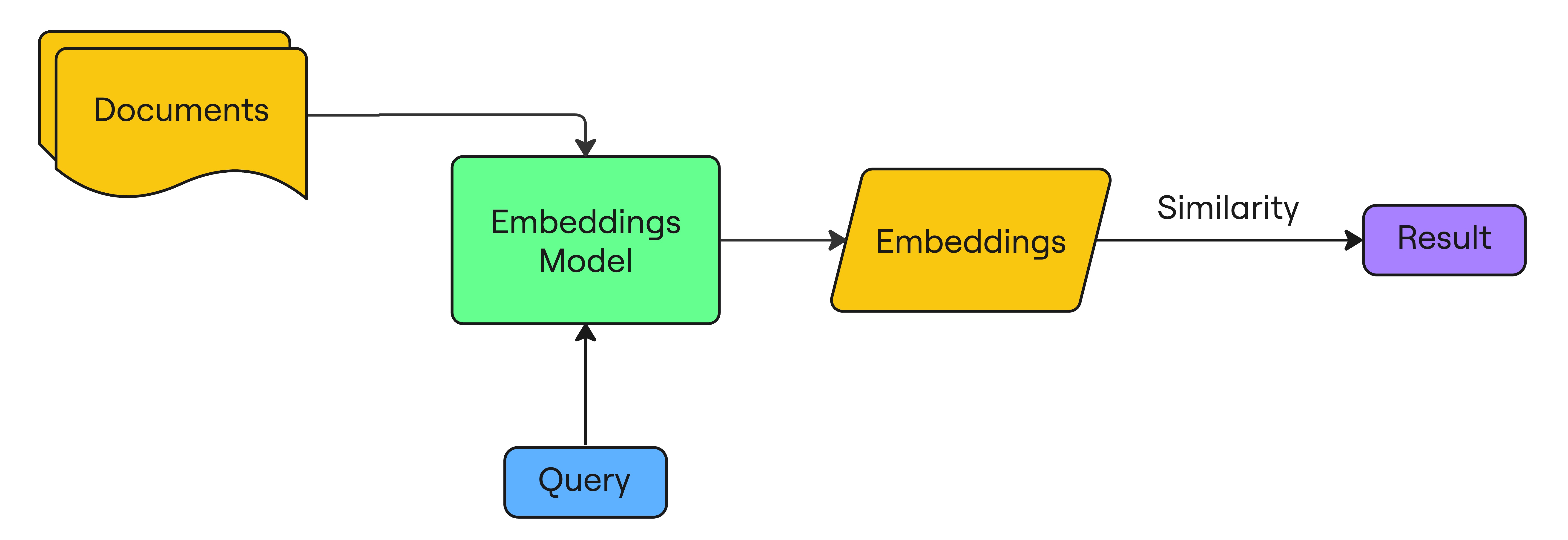
Vector databases
- Embedded documents are stored and queried from the vector database
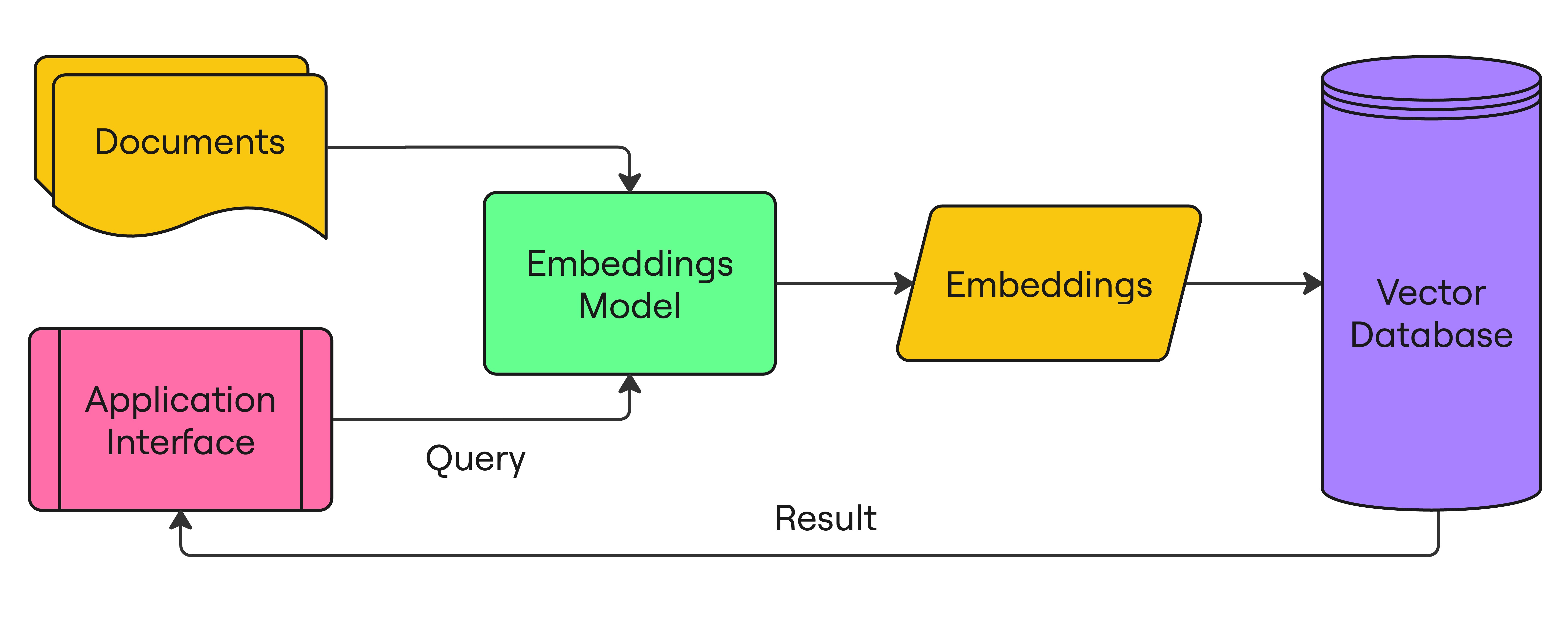
NoSQL Database
- More flexible structure that allows for faster querying
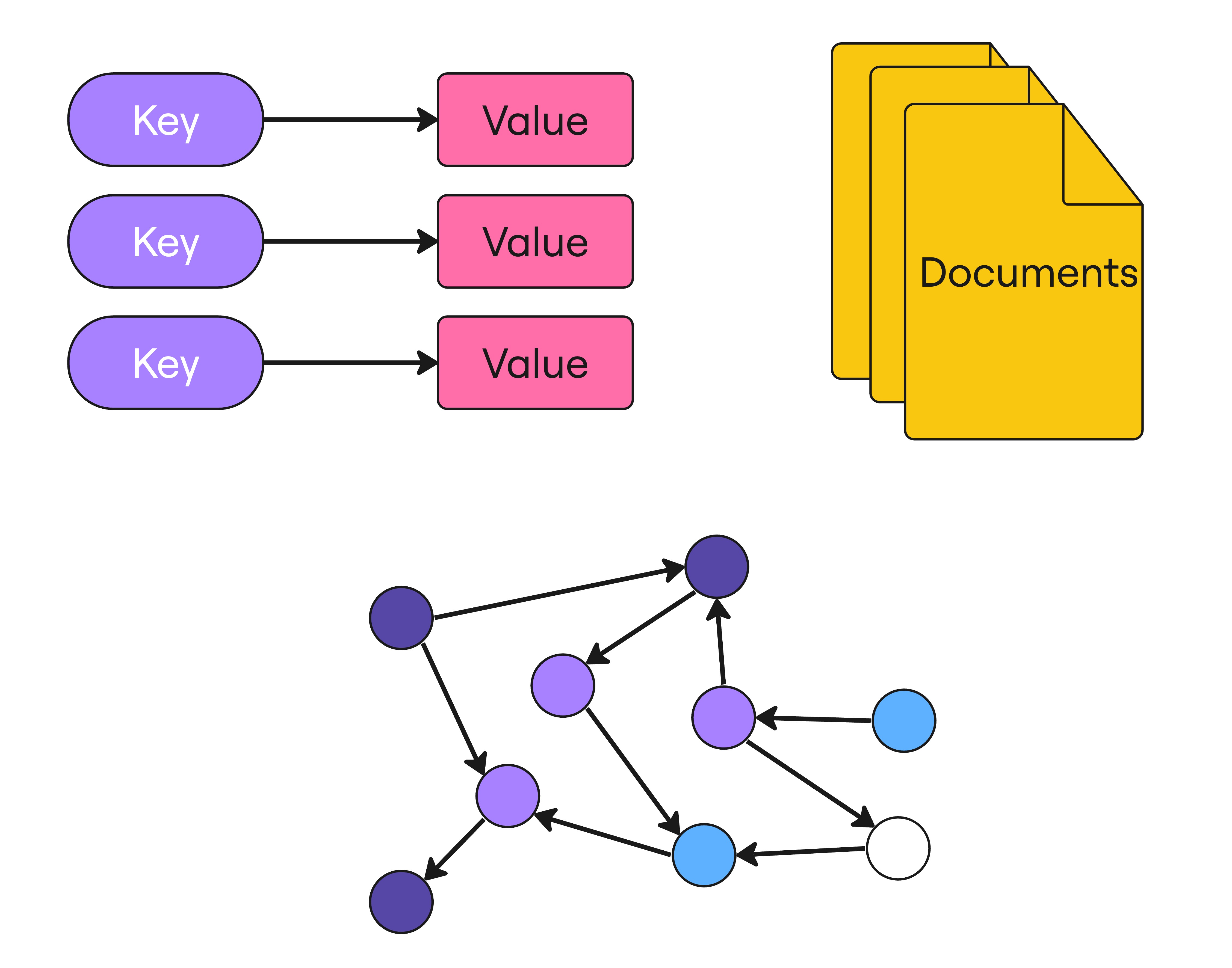
SQL/Relational Database
- Structured data into tables, rows, and columns
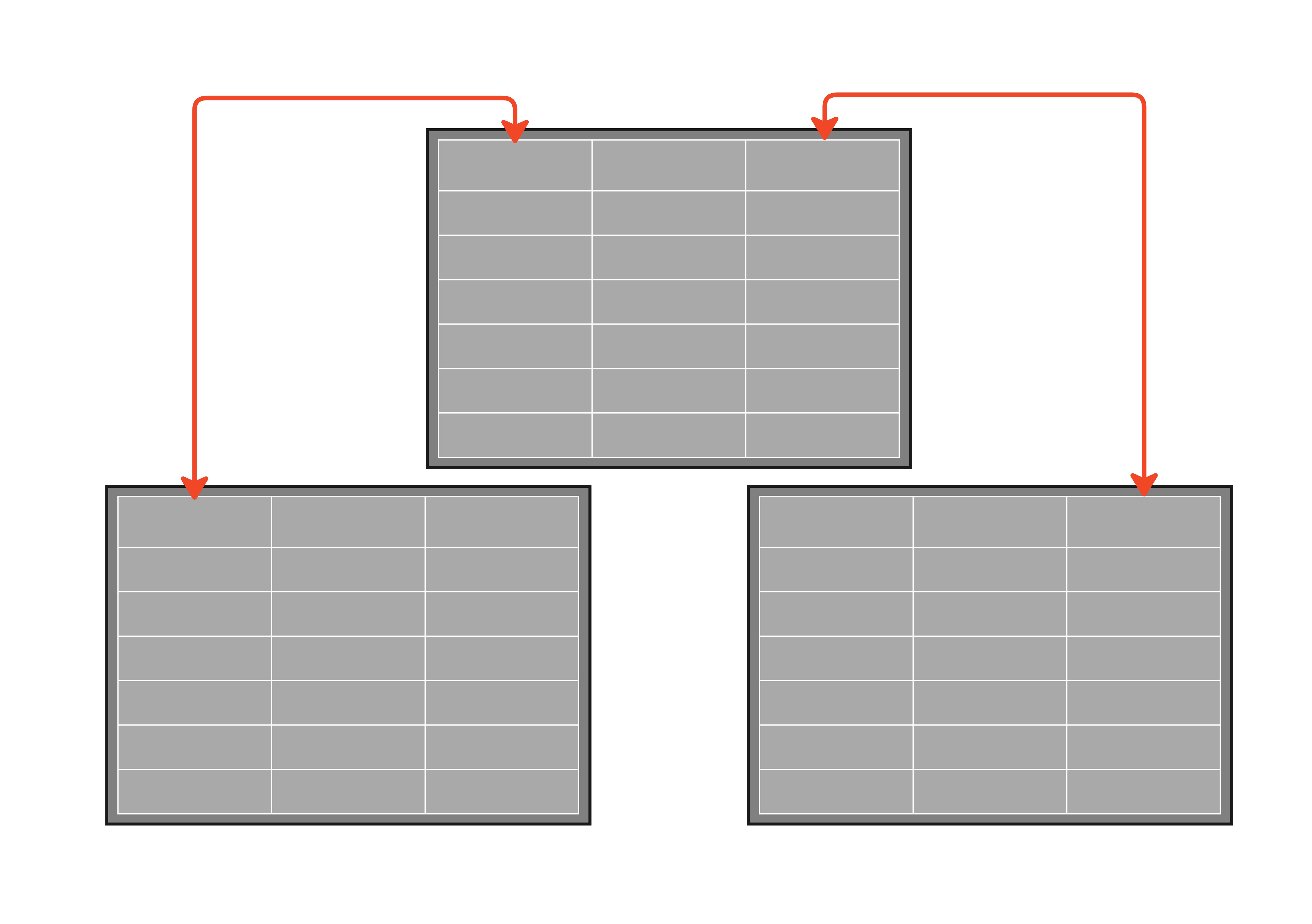
Components to store
- Embeddings
- Source texts
- Metadata
- IDs and references
- Additional data useful for filtering results
Top tip: Don't store the source text as metadata!
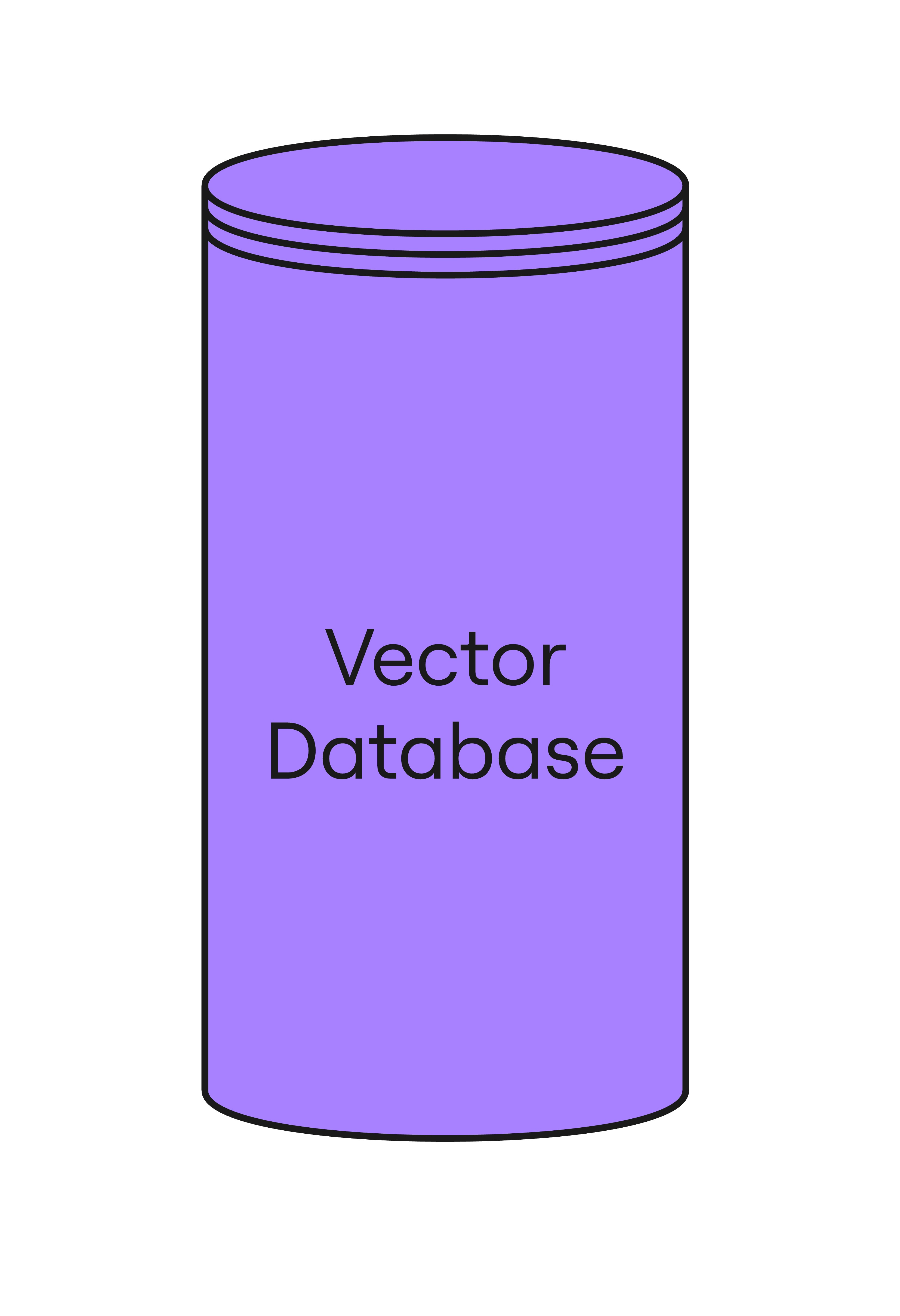
The vector database landscape
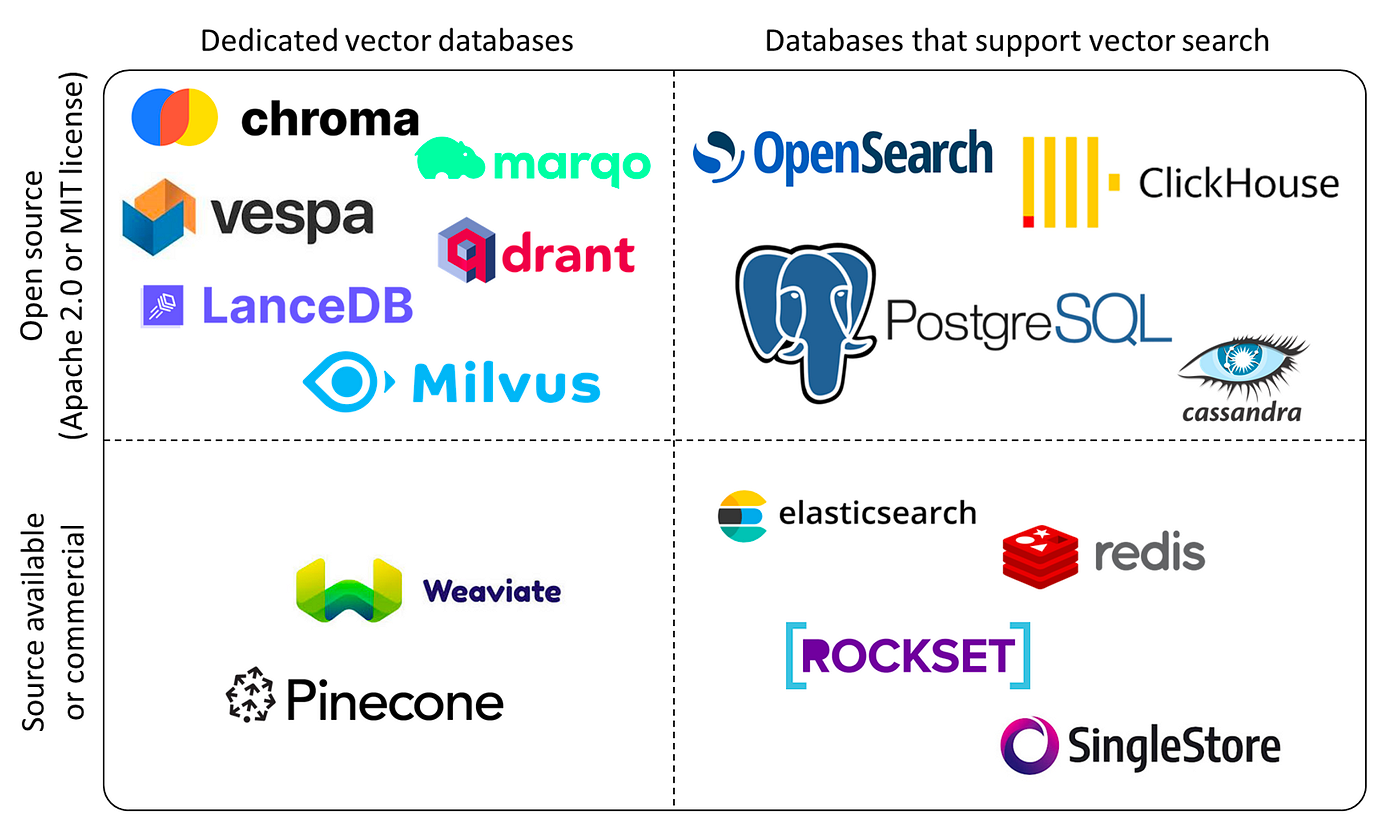
1 Image Credit: Yingjun Wu
Which solution is best?
- Database management:
- Managed → more expensive but lowers workload
- Self-managed → cheaper but requires time and expertise
- Open source or commercial?
- Open source → flexible and cost-effective
- Commercial → better support, more advanced features, and compliance
- Data models: does the type of data lend itself to a particular database type?
- Specific features: does your use case depend on specific functionality, such as multi-modal storage?

Let's practice!
Introduction to Embeddings with the OpenAI API

